Have a Question?
7 Balance Exercises for Seniors to Improve Stability and Prevent Falls
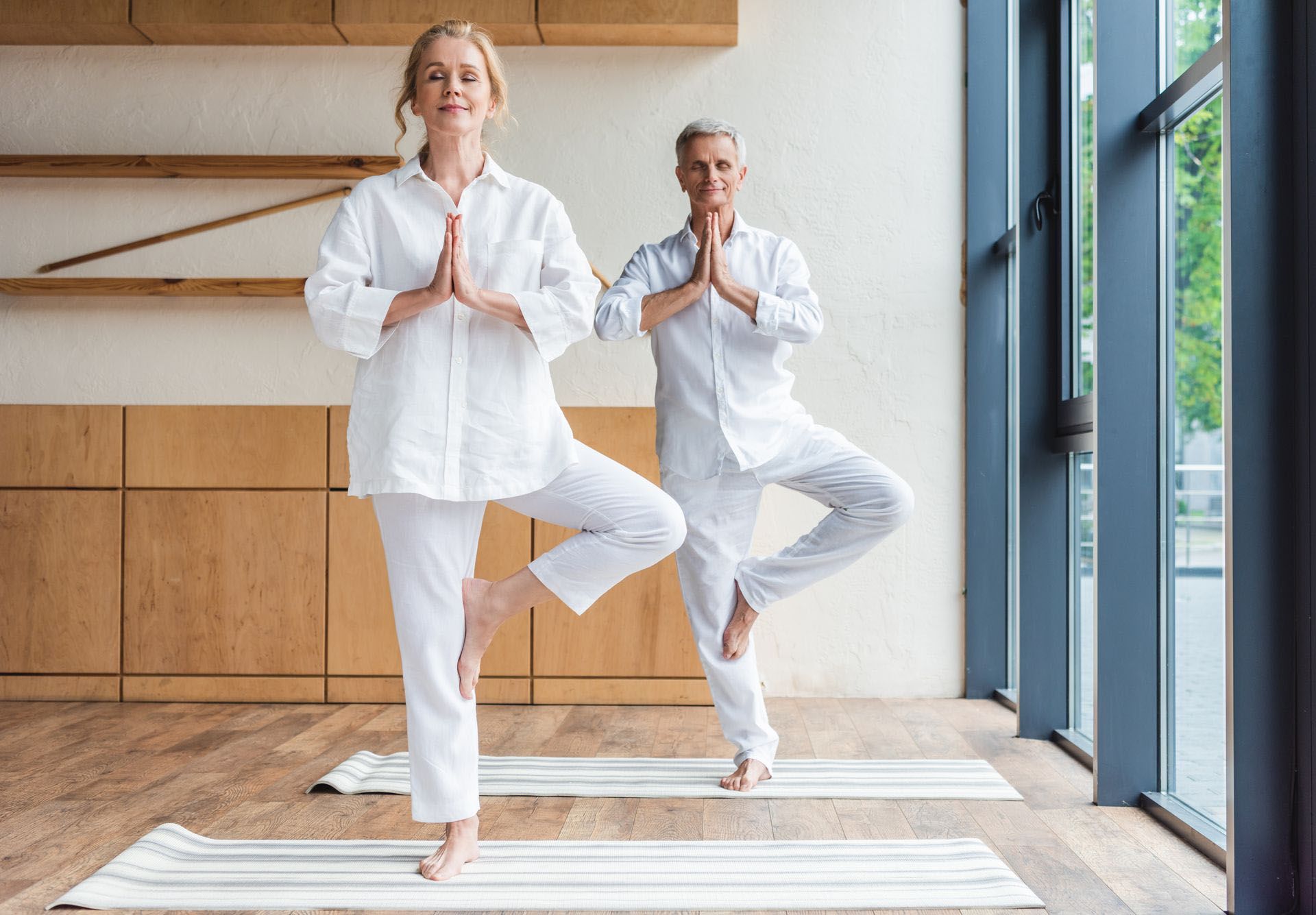
Is your elderly loved one having difficulty maintaining their balance? Perhaps you're worried about their safety during daily activities? If so, they can benefit from balance exercises designed specifically to prevent the risk of falls among seniors. These exercises improve strength, coordination, and stability, giving them the confidence to stay active and enjoy their daily life. The best part is most of these exercises can be done at home without special equipment. But if they need an additional layer of protection, personal alarm devices and fall alarms and sensors can help.
In this blog post, we will discuss the importance of balance exercises for seniors, how they benefit from them, and list some of the best balance exercises, along with detailed instructions on how to perform them safely. Stay tuned to learn how these exercises can significantly improve your elderly loved one's strength, balance, and coordination, allowing them to lead an active and fulfilling life.
Why is balance exercise important for seniors?
As we age, our bodies naturally experience a decrease in bone density and muscle mass. This occurs because our muscles do not regenerate as easily as they did when we were younger. As a result, our body's physical strength also decreases, leading to poor balance and an increased risk of falls and injuries among seniors.
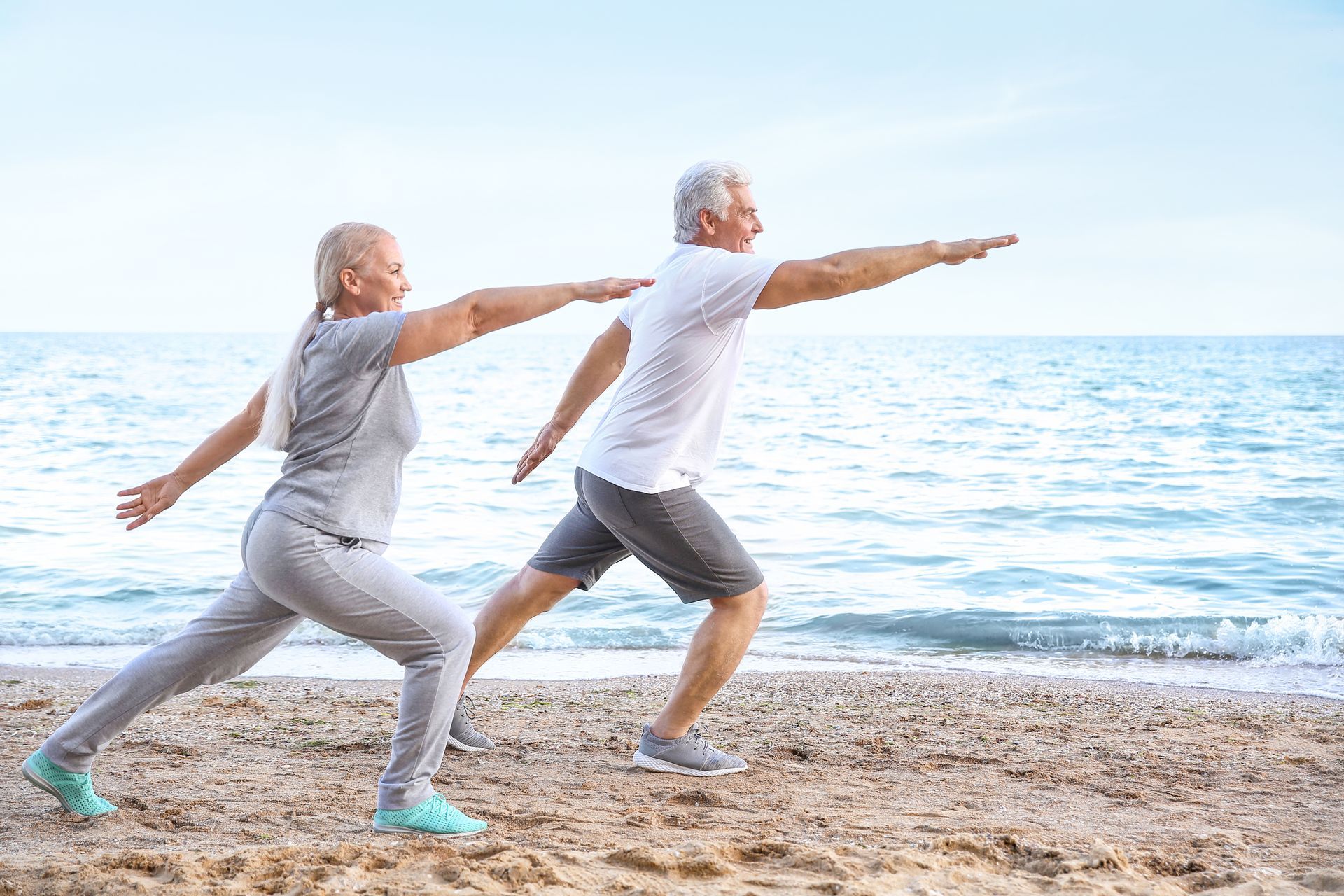
To alleviate this, balance exercises are recommended for seniors to help improve their strength as well as maintain their mobility and independence in order to reduce their risk of falls and injuries. As these exercises can increase muscle mass, they can improve coordination and fight bone loss, helping seniors remain active for longer periods.
How do balance exercises help seniors?
Balance exercises basically help seniors build strength in their lower body so they can prevent falls and keep up with their daily activities such as walking, standing up from a seated position, climbing stairs, or simply getting out of bed.
Moreover, engaging in balance exercises was found to lower the risk of back pain, arthritis, and other injuries. Aside from these physical benefits, such exercises can also help reduce stress while providing a sense of accomplishment to seniors who participate in them.
However, as much as these exercises for seniors are beneficial, it is important to start slow first. Before getting into any of these exercises, seniors should consult with their healthcare provider or a physical therapist for advice on which type of program will work best for them.
What are the benefits of balance exercise among seniors?
Here are some proven benefits of balance training exercise among seniors:
- better balance control
- increase strength, stability, and coordination
- maintain mobility and independence
- improve posture
- lessen foot pain and injury
- reduce stress and improve mood
- boost confidence and overall wellbeing
- prevent the risk of falls
Such exercises can also be beneficial for seniors with certain health conditions that may have an impact on their balance, such as:
- inner ear problems
- vision problems
- head injury
- peripheral neuropathy (nerve damage to the legs)
- heart disease
- diabetes
- stroke
- thyroid issues
- other neurological conditions
What are some simple balance exercises for seniors?
Here are some of the best balance exercises for seniors to help strengthen their muscles and improve balance.
1. Single limb stance
Single limb stance also known as single leg stand involves standing on one foot or leg with hands on the hips while maintaining an unassisted posture. The timing, in seconds, usually starts as soon as you lift one foot off the ground and ends as soon as it touches the floor again.
This exercise is not only great at testing one's stability but it is also known to improve balance as well as increase one's overall cognitive health. Here are the steps you can follow to perform this exercise:
- Stand with your feet hip-width apart.
- Position your right foot at the midpoint of the board.
- Raise your left foot while lifting your knee as high as you can.
- Maintain this stance for 30 seconds.
- Repeat the same process on the opposite side.
- Perform this with each foot 2 to 3 times.

2. Flamingo Pose
The flamingo pose is a type of balance exercise that involves standing on one leg while lifting the other leg up. As its name suggests, this yoga pose bears a resemblance to the flamingo bird.
Among other exercises, the flamingo pose is challenging to perform as it requires a high level of balance and focus. But as you practice regularly, it will strengthen your core muscles, enhance your balance, and improve posture.
Other seniors who perform this exercise use a wall or chair for support. Here are the steps you can follow to perform this exercise:
- Stand tall with your feet hip-width apart.
- Transfer your weight onto your right foot.
- Raise your left foot while bending the knee to raise it upwards.
- To intensify the challenge, reach your hands toward your outstretched foot.
- Maintain this stance for 10 to 15 seconds.
- Return to your starting position and gently shake out your legs.
- Repeat this process three times.
- Perform the same steps on the left leg.

3. Tree Pose
Tree pose is a type of balance exercise that involves standing on one leg while the opposite leg is bent with the foot touching the inner thigh of the standing leg. This exercise helps in the build-up of muscles around the legs, core, and hips, promoting leg strength as well as improving abdominal strength, hip mobility, and balance.
Tree pose is also ideal for enhancing your posture and mitigating the effects of prolonged sitting. Here are the steps you can follow to perform this simple exercise:
- Start by shifting your weight onto your right foot while standing.
- Extend your left foot to the side, raising your heel.
- Position your hands together.
- Maintain this posture for a maximum of one minute.
- Go back to your starting position and repeat on the left leg.
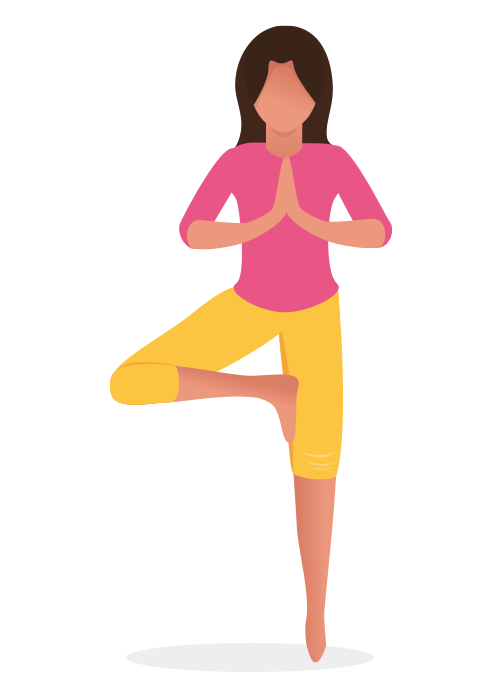
4. Heel-to-toe Walk
Heel-to-toe walk is a type of exercise that involves focusing on your balance control while taking gentle strides. Intended to strengthen one's hips, legs, feet, ankles, and core, this exercise helps older adults enhance their balance, stability, and coordination skills, which are all essential to prevent falls.
Here are the steps you can follow to perform this exercise:
- Stand tall with your feet shoulder-width apart.
- Step your left foot in front of your right foot.
- Place your left heel with your right toes.
- Next, step your right foot in front of your left foot.
- Touch your right heel with your left toes.
- Repeat this pattern for a total of 20 steps.
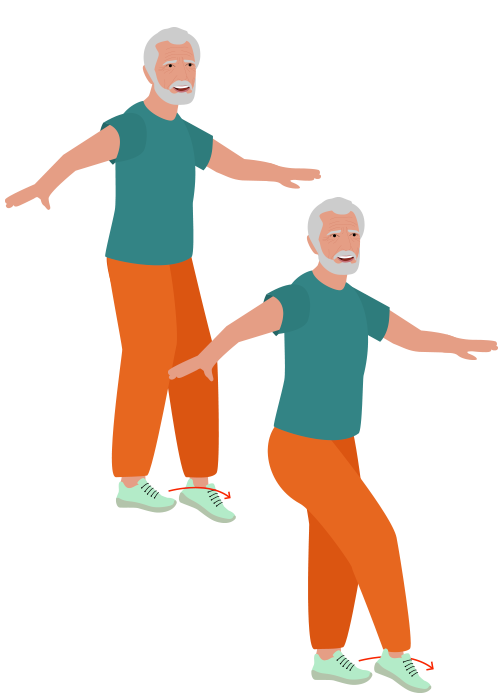
5. Calf Raises
Calf raises are effective exercises for seniors as they help to work and strengthen the calves. Performed either by sitting or standing, these strength exercises can significantly protect older adults from mobility loss caused by ageing by improving their balance as well as increasing their strength and endurance.
Here are the steps you can follow to perform this exercise:
- Stand straight with your feet shoulder-width apart.
- Maintain an upright posture with your back straight, and shoulders held back and down, and engage your core muscles.
- Slowly lift your heels while keeping your knees extended.
- Hold this position for a brief moment while standing on the tips of your toes as much as possible.
- Gently and deliberately lower your heels back to the ground, returning to your starting position.
- Begin with five repetitions and increase as you become more comfortable and confident.
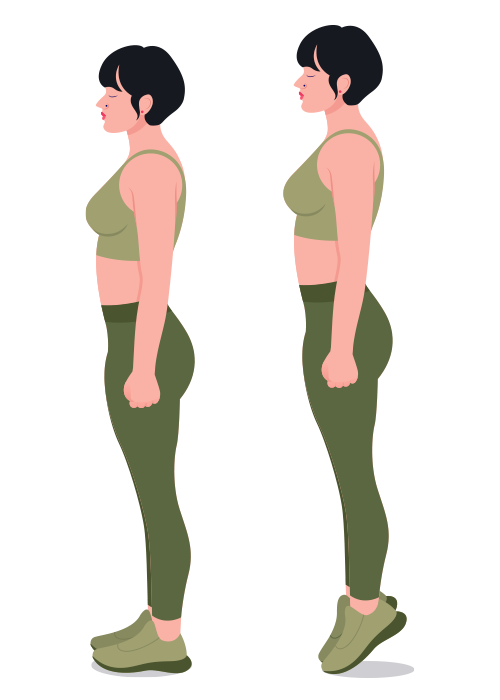
6. Side Leg Raises
Side leg raises for seniors are usually done with a chair for balance and support. Intended to improve leg strength, core stability, and hip flexibility among older adults, this exercise targets the muscles and strengthens them to aid seniors in their everyday activities such as walking, reaching, and standing up.
Here are the steps you can follow to perform this exercise:
- Stand in an upright position behind a sturdy chair with your feet shoulder-width apart. For additional support, you can place your hands on your hips or grasp the chair's back.
- Tighten your core muscles and transfer your weight onto your left foot.
- Slowly lift your right leg out to the side while maintaining a flexed foot.
- Hold this pose for 10 to 15 seconds before returning to your initial stance.
- Finish 10 to 15 repetitions on each side for a well-rounded workout.
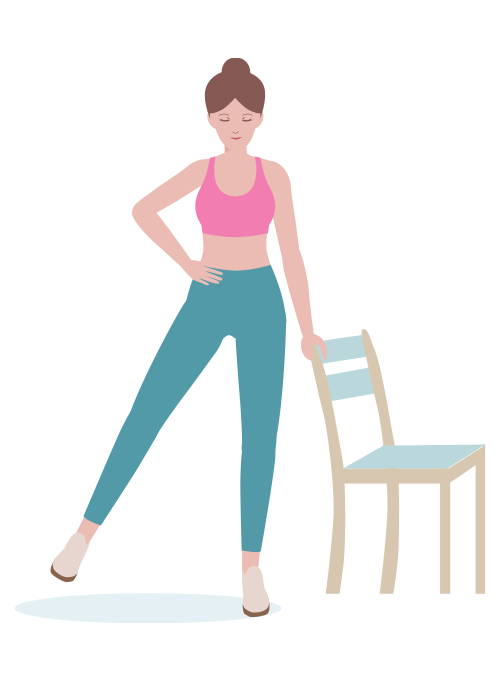
7. Standing Leg Circles
Standing leg circles is an exercise that involves circling your extended leg to help improve balance and strengthen the legs. This exercise can be beneficial for seniors who need help in increasing their joint mobility as well as those who want to improve their blood circulation and those who are trying to increase their strength by developing lean muscles.
Here are the steps you can follow to perform this exercise:
- Stand straight with your feet hip-width apart, distributing your weight evenly between both feet.
- Shift all your weight onto your right foot and raise your left foot from the ground.
- Gradually trace a small circle with your left leg, initially clockwise, and then in the opposite direction (anti-clockwise).
- Gently lower your foot and replicate the sequence on the opposite side.
- Perform this five to ten times.
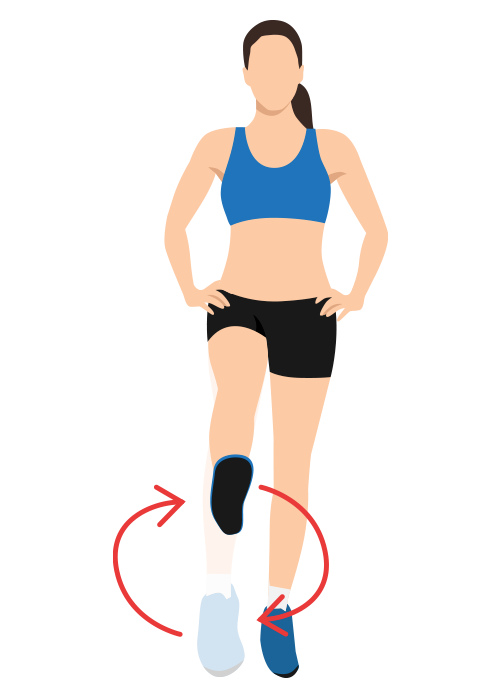
7 Simple Balance Exercises To Enhance Strength, Coordination, and Mobility
This proactive approach not only reduces the risk of falls and injuries but also fosters active, independent living.
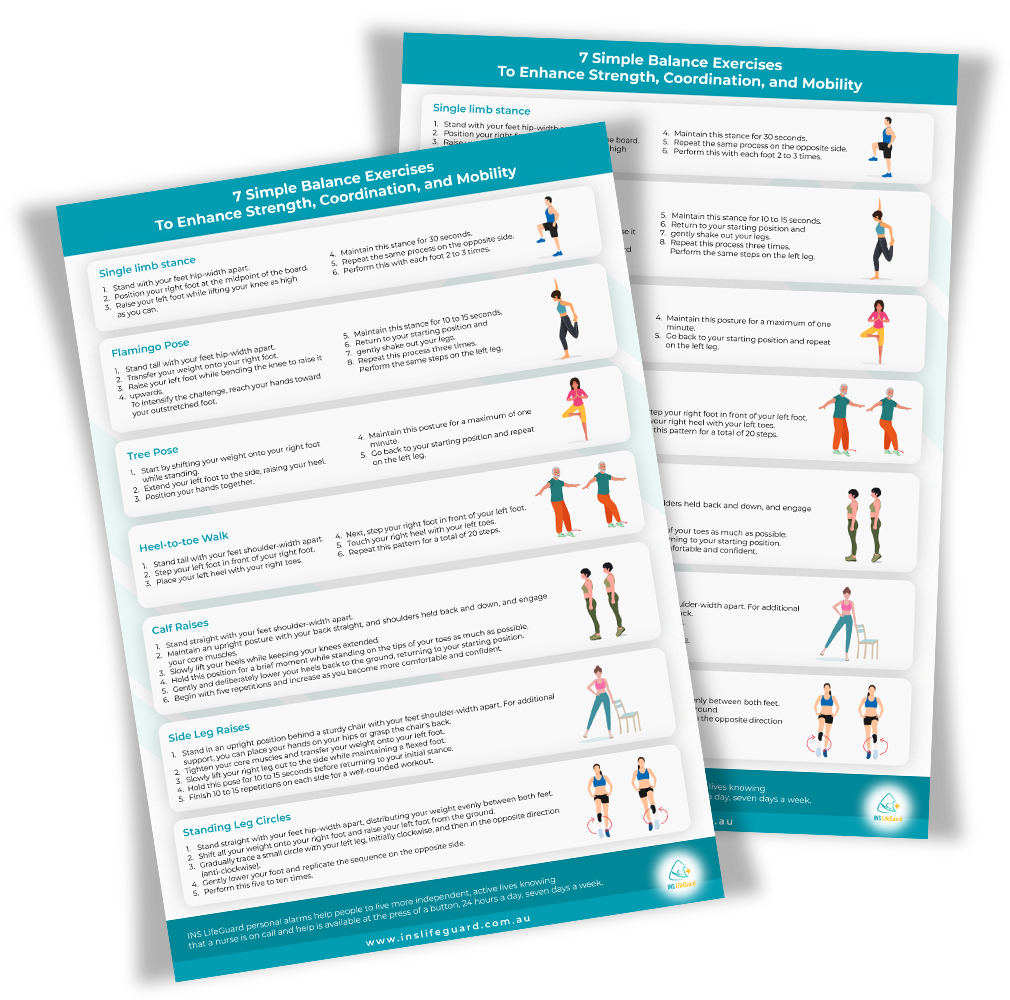
How often should older adults do balance exercises?
Balance and strength exercises can generally be incorporated into your daily exercise routine as frequently as you like. However, for older adults, particularly those who are at risk of falls, it is advisable that they engage in balance training
three times a week for at least 45 minutes. Preferably, they should follow a balance program that includes exercises designed to prevent falls.
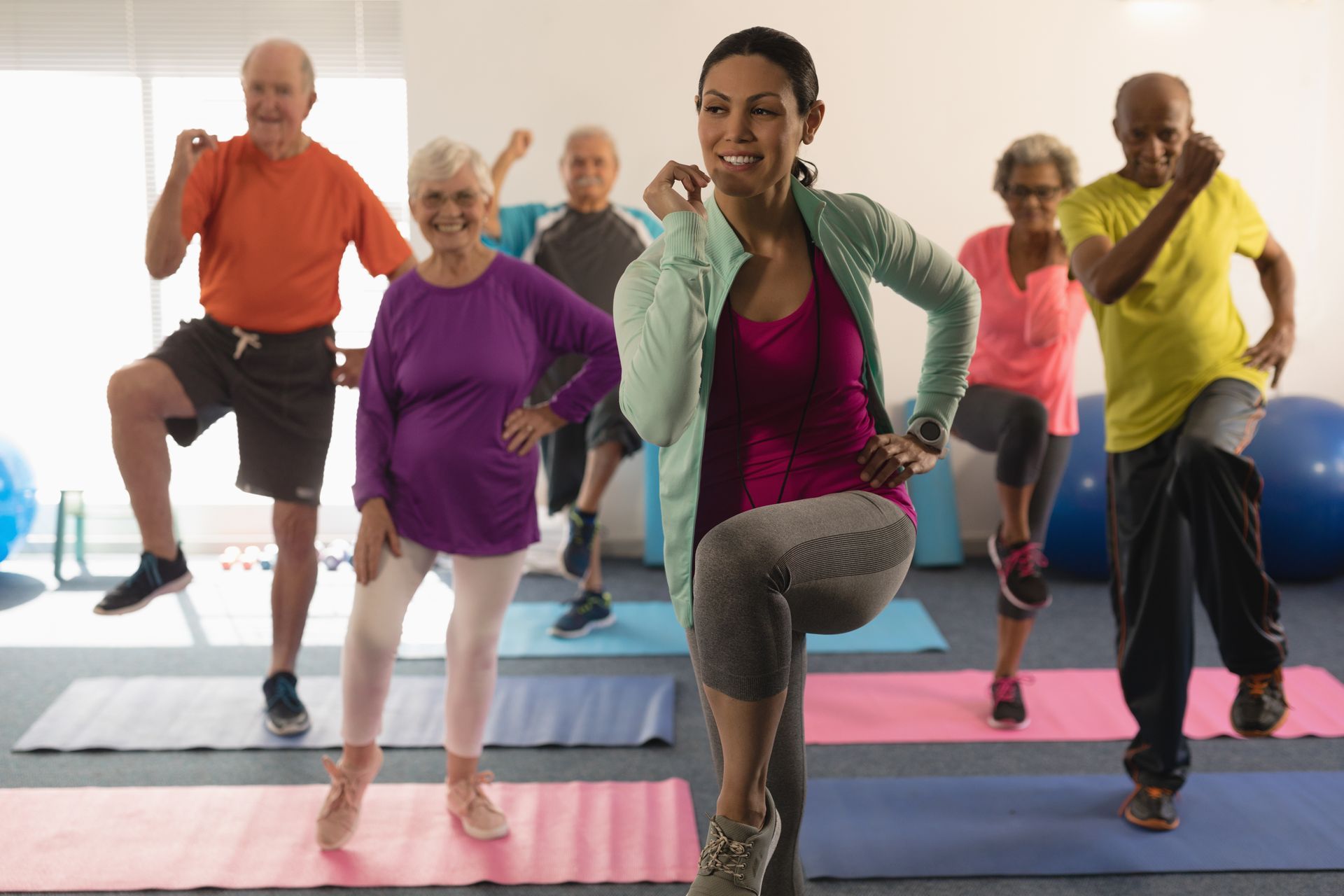
What can seniors do to protect themselves from the risk of falls?
When it comes to safety, there are several ways that older adults can do to protect themselves from the risk of falls. Physical therapy, strength training, and balance exercises are some of the activities that are particularly designed for fall prevention and improved balance confidence among seniors.
Balance exercises for seniors are basically designed to improve balance, stability, and coordination by strengthening the muscles around the joints. This makes it easier for them to do everyday activities with less effort and less risk of injury.
Ultimately, seniors can also use personal alarm devices to provide them an additional layer of protection while exercising alone or while they are at home performing their daily tasks. These alarms will alert a caregiver or family member if the person falls or needs help, allowing them to get assistance quickly and safely.
Takeaway
As our elderly loved ones age, their bodies gradually lose their capacity to sustain balance. Fortunately, there are balance exercises specifically designed for seniors that can be done right at home without the need for any equipment.
By exercising regularly, seniors can gradually build up their strength and endurance, helping to reduce the risk of falls and other accidents. Not only that, but these exercises offer a great advantage for seniors to stay active, improve their overall well-being, and perform daily activities with confidence and peace of mind.
By combining a balanced exercise program with the right technological solutions such as a personal alarm, seniors can enjoy a safe and independent lifestyle while taking comfort knowing that help is always available if needed.
For more information regarding the products and services INS LifeGuard offers, you can browse our website or give us a call at 1800 636 040.

About
INS LifeGuard is the only 24/7 nurse on-call personal and medical monitoring in Australia. We provide monitoring technology for both in the home and on the go and can also monitor other provider's equipment. Our services are suitable for anyone wanting support to stay independent such as the elderly, those with medical conditions and disabilities plus enhancing safety and security for lone workers.

















